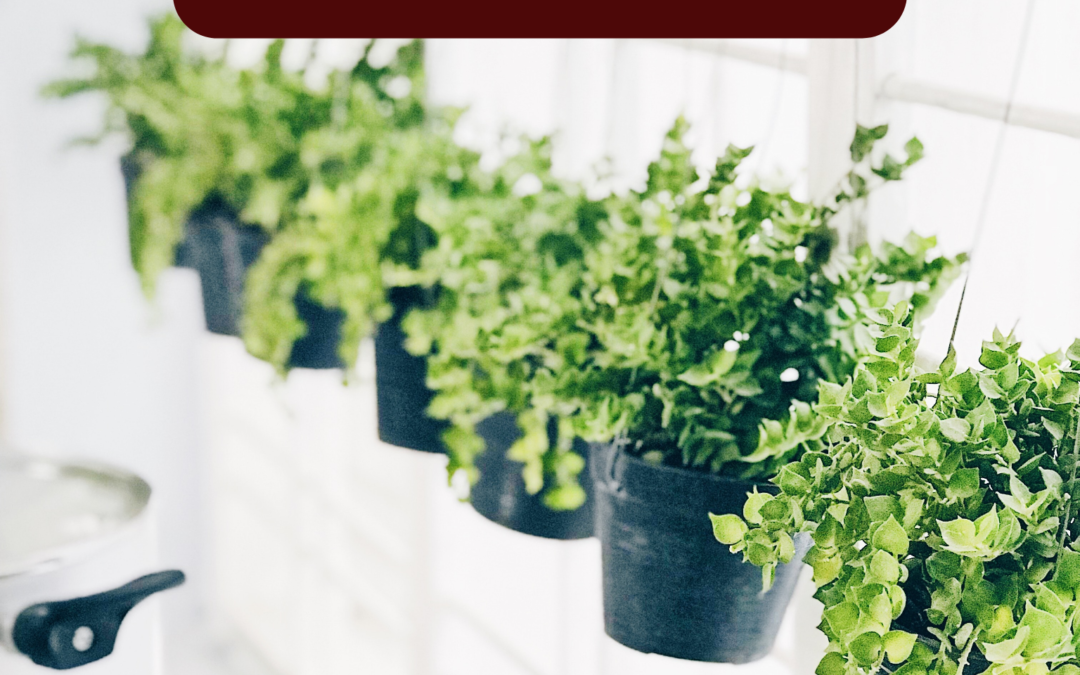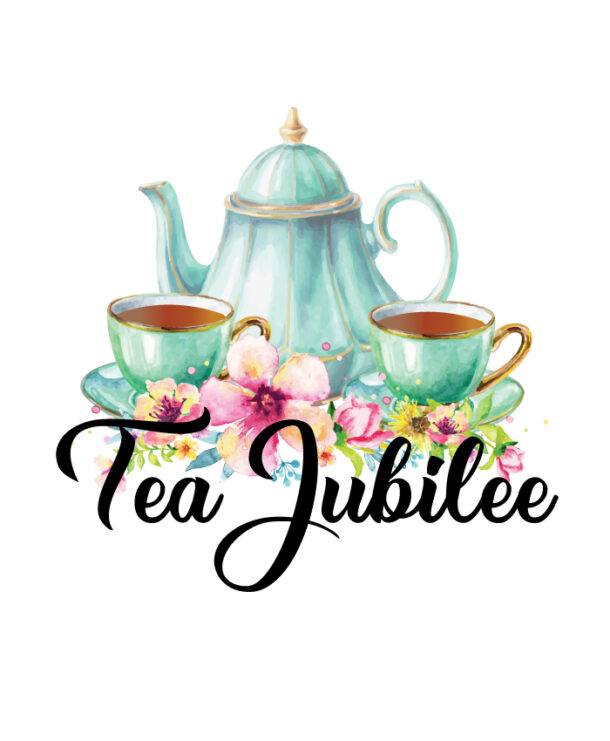==================
A Caveat and Affiliates
First off, a little caveat: within my articles you will find affiliate links, meaning if you buy them, I get a small commission. Your cost is not affected. In addition, I am an Amazon Associate and I earn from qualifying purchases on Amazon.
And yes, if I say that I recommend a product here, it means I truly believe it is a good product. I refuse to recommend any product that I have not researched and believe to be a good value.
Even better, I provide you with a very clear picture of the product, it’s use, and the probable value.
Earning your trust is important to me. I run this website myself and the commissions and donations help support the site.
Sound reasonable and fair enough? Let’s continue to the article.
==================
Contents
Planting the Perfect Tea Garden.
Are you a tea lover looking to take your passion to the next level? Imagine sipping on a cup of tea from fresh herbs you grew in your backyard or kitchen.Keep reading this post about Planting the Perfect Tea Garden to find out the best way to grow your own herbs for tea.

From chamomile to mint, creating your tea garden is a delightful way to enhance your tea-drinking experience.
This guide will explore the essential herbs you need to plant to create the perfect tea garden. Not only will you have a continuous supply of aromatic and flavorful herbs, but you will also have complete control over the quality and freshness of your tea.

Whether you prefer a soothing cup of chamomile tea before bed or a refreshing peppermint tea on a hot summer day, this guide will equip you with the knowledge and tips you need to transform your garden into a tea paradise.
Get ready to embark on a journey from garden to cup and discover the joy and satisfaction of growing your herbs for the perfect cup of tea.
Essential Herbs for a Tea Garden.
When creating the perfect tea garden, choosing the right herbs is crucial. Here are some essential herbs that will elevate your tea-drinking experience:
1. Chamomile: Known for its calming properties, chamomile is a must-have herb for any tea garden. Its delicate flowers release a soothing aroma and can help relax the mind and body. Chamomile tea is perfect for winding down after a long day.
2. Mint: Mint is a versatile herb that adds a refreshing twist to any tea blend. It has a cooling effect and is particularly enjoyable in iced teas. From peppermint to spearmint, there are various mint varieties, each with its unique flavor profile.
3. Lemon Balm: Lemon balm is a mint family member with a delightful lemony scent. It often adds a lemony flavor to teas and can also help relieve stress and anxiety.
How to Choose the Right Location for Your Tea Garden.
The success of your tea garden depends on choosing the correct location. Here are a few factors to consider when selecting the perfect spot:

1. Sunlight: Most herbs thrive in full sunlight, so choose a location that receives at least 6 hours of direct sunlight daily. If you live in an area with hot summers, some herbs, like mint, may benefit from partial shade to prevent them from drying out.
2. Water Drainage: Good drainage is essential for healthy herb growth. Avoid areas prone to waterlogging, as this can lead to root rot. If your soil has poor drainage, consider using raised beds or containers for your tea garden.
3. Proximity to the Kitchen: To make the most of your tea garden, choose a location that is conveniently located near your kitchen. This will make harvesting fresh herbs easier and incorporating them into your daily tea routine.
Soil Preparation and Planting Techniques.
Before planting your tea garden, preparing the soil to ensure optimal growth is essential. Here’s how to get started:

1. Clear the Area: Remove any weeds, rocks, or debris from the chosen area. This will give your herbs the best chance to thrive without nutrient competition.
2. Loosen the Soil: Use a garden fork or tiller to loosen the soil and improve its texture. This will allow the roots to penetrate the soil quickly and access necessary nutrients.
3. Amend the Soil: Depending on the quality of your soil, you may need to amend it with organic matter, such as compost or well-rotted manure. This will enrich the soil and provide essential nutrients for healthy herb growth.
Once the soil is prepared, it’s time to start planting your herbs. Here are a few planting techniques to keep in mind.
1. Spacing: Give each herb enough space to grow and spread. Check the planting instructions for each herb to determine the recommended spacing.
2. Depth: Plant the herbs at the same depth they were in their nursery pots. Avoid planting them too deep, as this can lead to root rot.
3. Watering: After planting, water the herbs thoroughly to settle the soil and encourage root establishment. Keep the soil moist but not waterlogged during the growing season.
Caring for Your Tea Garden.
Proper care is essential to ensure your tea garden’s health and productivity. Here are some tips for watering, fertilizing, and pruning your herbs:
1. Watering: Most herbs prefer moderate water. Check the moisture level of the soil regularly and water when the top inch feels dry. Avoid overwatering, as this can lead to root rot.
2. Fertilizing: Herbs generally don’t require heavy fertilization. Applying a balanced organic fertilizer once or twice during the growing season should be sufficient. Be sure to follow the instructions on the fertilizer packaging for the correct dosage.
3. Pruning: Regular pruning helps promote bushier growth and prevents herbs from becoming woody. Pinch off the tips of the herbs regularly to encourage branching. Harvesting the herbs for tea also acts as a form of pruning.
Harvesting and Drying Herbs for Tea.
One of the joys of having a tea garden is harvesting your herbs for tea.
Here’s how to harvest and dry your herbs for the best flavor and aroma.

1. Timing: Harvest your herbs at their peak flavor and aroma. For most herbs, this is usually in the morning after the dew has evaporated but before the sun is too hot.
2. Method: Harvesting herbs using sharp scissors or pruning shears. Cut the stems just above a leaf node to encourage new growth. Leave enough foliage on the plant for photosynthesis and continued growth.
3. Drying: There are several methods for drying herbs, including air drying, using a dehydrator, or hanging them upside down. Choose the way that works best for you and your space. Once the herbs are dry, store them in airtight containers away from light and heat.
Blending and Brewing Your Tea.
Now that you have a bountiful supply of dried herbs, it’s time to start blending and brewing your tea. Here are some tips to get you started.

1. Experiment with Blends: Mix and match different herbs to create unique tea blends. Consider combining herbs with complementary flavors and aromas, such as chamomile, lavender, mint, and lemon balm.
2. Proper Brewing Techniques: Each herb may require different brewing times and temperatures. Research the optimal brewing parameters for each herb to ensure a perfect cup of tea every time. Remember to use freshly boiled water and steep the spices for the recommended time.
3. Get Creative: Be bold and creative with your tea creations. Add a slice of lemon or a drizzle of honey to enhance the flavor. For a refreshing twist, you can also experiment with cold brews or herbal iced teas.
Health Benefits of Herbal Tea.
In addition to their delightful flavors, herbal teas offer a range of health benefits.
Here are a few examples:
1. Chamomile: Chamomile tea is known for its calming properties and can help promote relaxation and better sleep.
2. Peppermint: Peppermint tea aids digestion and can help relieve symptoms of indigestion, bloating, and stomach discomfort.
3. Lemon Balm: Lemon balm tea has been used for centuries to reduce stress and anxiety, improve mood, and promote mental clarity.
Tea Garden Maintenance and Common Issues
Maintaining a tea garden requires ongoing care and attention. Here are some maintenance tips and common issues you may encounter.
1. Weed Control: Regularly remove weeds to prevent them from competing with your herbs for nutrients. Mulching can also help suppress weed growth.
2. Pest Management: Monitor your herbs for signs of pests, such as aphids or spider mites. Consider using organic pest control methods, such as neem oil or companion planting with pest-repellent herbs.
3. Disease Prevention: Proper spacing, good air circulation, and avoiding overwatering can help prevent common diseases, such as powdery mildew or fungal infections.
Conclusion.
Creating a tea garden is rewarding and fulfilling for any tea lover. You can transform your garden into a tea paradise with the right herbs, care, and creativity. From chamomile to mint, the possibilities are endless.
So why not leap and embark on a journey from garden to cup? Start planting your tea garden today and experience the joy and satisfaction of growing your herbs for the perfect cup of tea.
Cheers to a garden filled with aromatic and flavorful herbs and many delightful tea moments to come!
More From Tea Jubilee.
Planting and Harvesting Tea Herbs
The Healing Power of Herbal Teas
More Links.
Growing your own healing tea garden.
Plant and Grow Your Own Herbs Indoor Kit
Follow Me On Socials 📸
Tea Jubilee is active on Instagram, Facebook, and much more. Follow me below. Share any posts I have over on FB and IG, tag me, and I might add you to my next story 😁 Instagram: tea_jubilee Facebook: TeaJubilee.
Thanks for reading!




